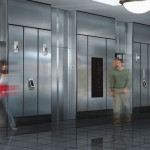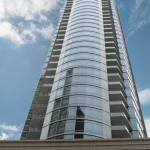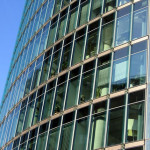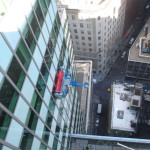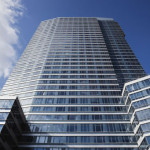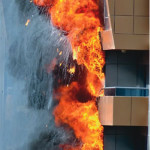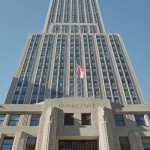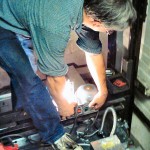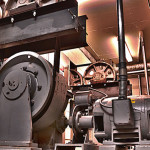Emily Gove |
March 6, 2013
Local Law 87 (LL87) is part of a package of four New York City laws called the “Greener, Greater Buildings Plan,” enacted in 2009 to improve the energy and water efficiency of the city’s largest buildings. LL87 mandates that buildings of 50,000 square feet or larger undergo periodic energy audit and retro-commissioning measures. In addition to benchmarking a building’s annual energy and water consumption, which is required by Local Law 84, undertaking an energy audit and retro-commissioning will give property owners a much more robust understanding of building performance, eventually shifting the market towards increasingly efficient, high-performing buildings.
LL87 requires buildings to conduct an energy audit and retro-commissioning study every 10 years. Initial compliance dates are based on the last digit of the tax block number. For example, buildings with the last digit 3 are required to file in 2013; with a last digit of 7, in 2017. However, there are several incentives for buildings that complete all requirements by the end of 2013. Early compliance extends the next compliance date an additional 10 years from the original year, potentially extending a second filing date by 18 years. Example: If a building is due to comply is 2017, but elects to comply in 2013 instead, they will not need to comply with LL87 again until 2027.
File now before generous tax and utility incentives are exhausted! Currently, the New York State Energy Research & Development Authority (NYSERDA) is funding a 50% cost share for the completion of the required audit and retro-commissioning work. Filing for early compliance will ensure that buildings receive NYSERDA funding. State and local utility incentives will help offset the cost of compliance and help fund energy conservation related upgrades. However, funding for these programs is not guaranteed over the long term. Filing early may also uncover energy-savings opportunities that can help achieve the Federal Energy Tax Deduction 179D, which expires on December 31, 2013.
- 2. Reduced Operations and Maintenance Costs
The sooner building systems are optimized, the longer they will benefit from increased efficiency. This will lead to reduced utility bills and subsequently higher energy savings. Many of the items uncovered during the LL87 compliance process are low to no cost issues, such as optimizing set points and operating schedules of major energy consuming building systems. The simple payback on these adjustments is often measured in months, with bottom-line operational savings as the result. Once these energy conservation measures are revealed in the audit, facility managers may then update the sequence of operations and preventative maintenance plan for the building, resulting in increased efficiency throughout the building systems.
- 3. Increased Building Profile
Reducing energy usage in your building can lead to a higher ENERGY STAR® score and potential ENERGY STAR Certification. Buildings with a higher energy star score and/or LEED® Certification are more likely to rent tenant space than buildings without these sustainable features. To meet the energy requirements for LEED® for Existing Buildings™ project, buildings must have a minimum performance rating of 69. To receive ENERGY STAR certification, projects must have a performance rating of 75 or higher. These ratings are derived by benchmarking the energy efficiency of specific buildings against the energy performance of similar facilities. The ratings are used by building and energy managers to evaluate the energy performance of existing buildings. By identifying energy inefficiencies and correcting them by implementing energy conservation measures uncovered in the energy audit, buildings become more likely candidates for these certifications. Buildings that choose to comply early will be viewed, not only by the industry but by potential tenants, as leaders in the effort to improve building performance in New York City.
Early compliers do not have to comply with the final rule that was issued in September of 2012. The final rule is more stringent, and potentially more costly, than the current law pertaining to the criteria and quantity of equipment that must be covered in the audit and retro-commissioning report. This means that you should start undertaking your audit and retro-commissioning as soon as possible. The current requirements are in their infancy and are expected to become more stringent over time. Early compliance will allow buildings to stave off the more difficult requirements to come.
- 5. Planning for the Future
Completing the required energy audit in advance will lead to increased awareness of building systems conditions. This will allow for improved capital planning and the streamlining of failure response protocol, in the event of an emergency or disaster. The retro-commissioning process provides a wealth of information and education to operators that can be leveraged sooner. For a portfolio owner, this education can allow in house staff to perform retro-commissioning on additional facilities thus lowering the cost.
Photo courtesy NYC DCAS
Emily Gove
Emily is a sustainability analyst at Steven Winter Associates, Inc. Steven Winter Associates provides research, consulting and advisory services to improve commercial, residential and multifamily built environments for private and public sector clients. They specialize in energy, sustainability and accessibility consulting as well as certification, research & development and compliance services. For more information, visit www.swinter.com.
Tags: energy audit, LL87, retro-commissioning
Category: New York City
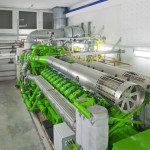





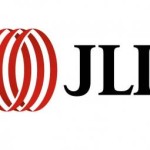









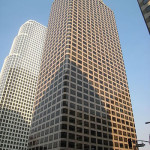




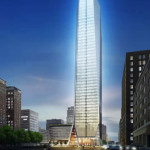



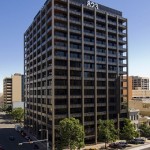








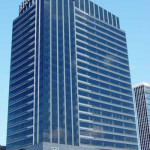





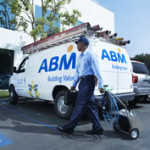






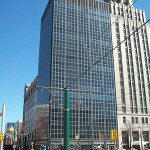


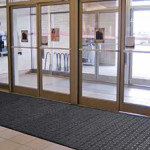

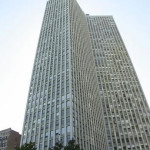





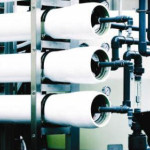
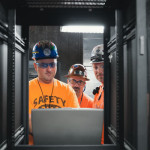
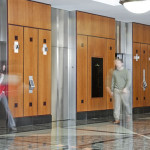
 An award winning editor, Leah spent over eight years in senior
editorial positions at both BUILDINGS magazine and ARCHI-TECH
magazine. Her work has been incorporated into training and
educational programs around the country. She is a graduate of
University of Iowa. She is Editor at Large for High Rise Facilities.
An award winning editor, Leah spent over eight years in senior
editorial positions at both BUILDINGS magazine and ARCHI-TECH
magazine. Her work has been incorporated into training and
educational programs around the country. She is a graduate of
University of Iowa. She is Editor at Large for High Rise Facilities.